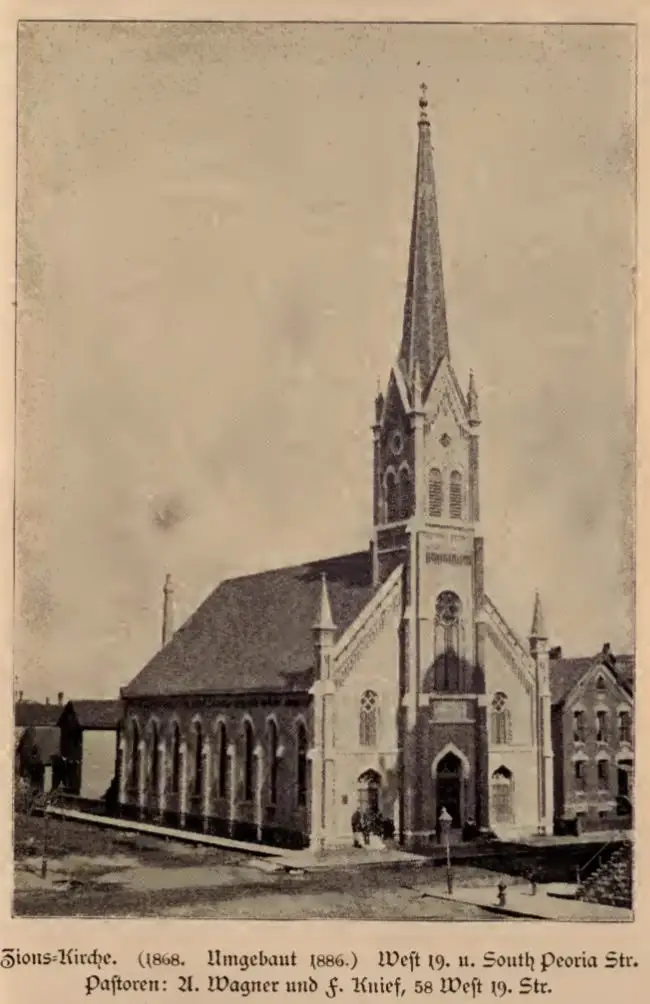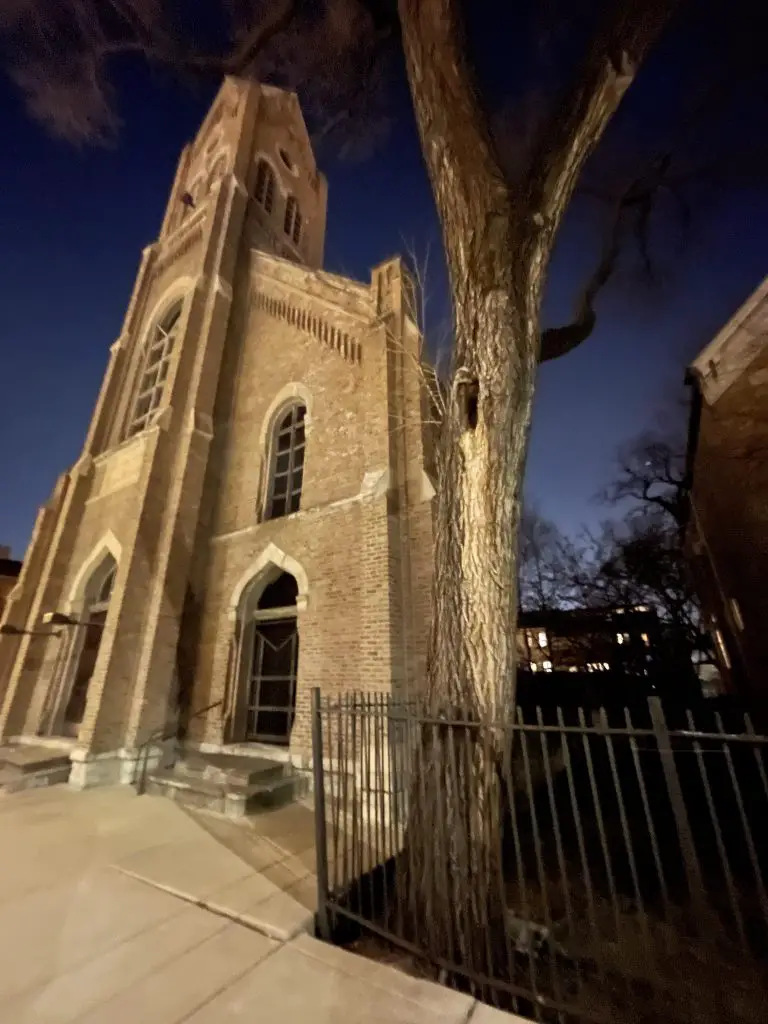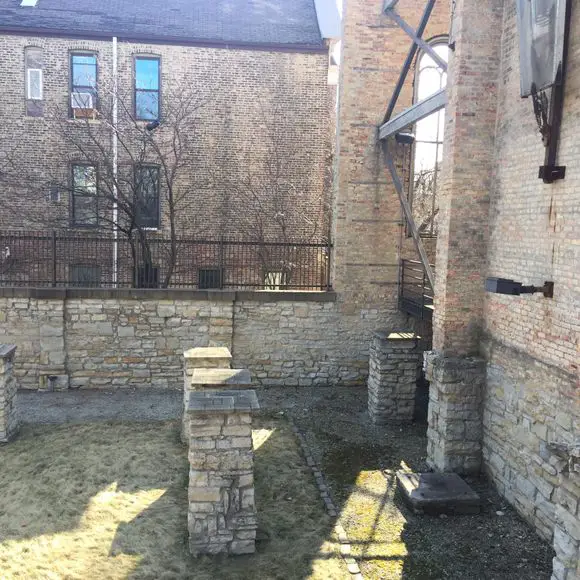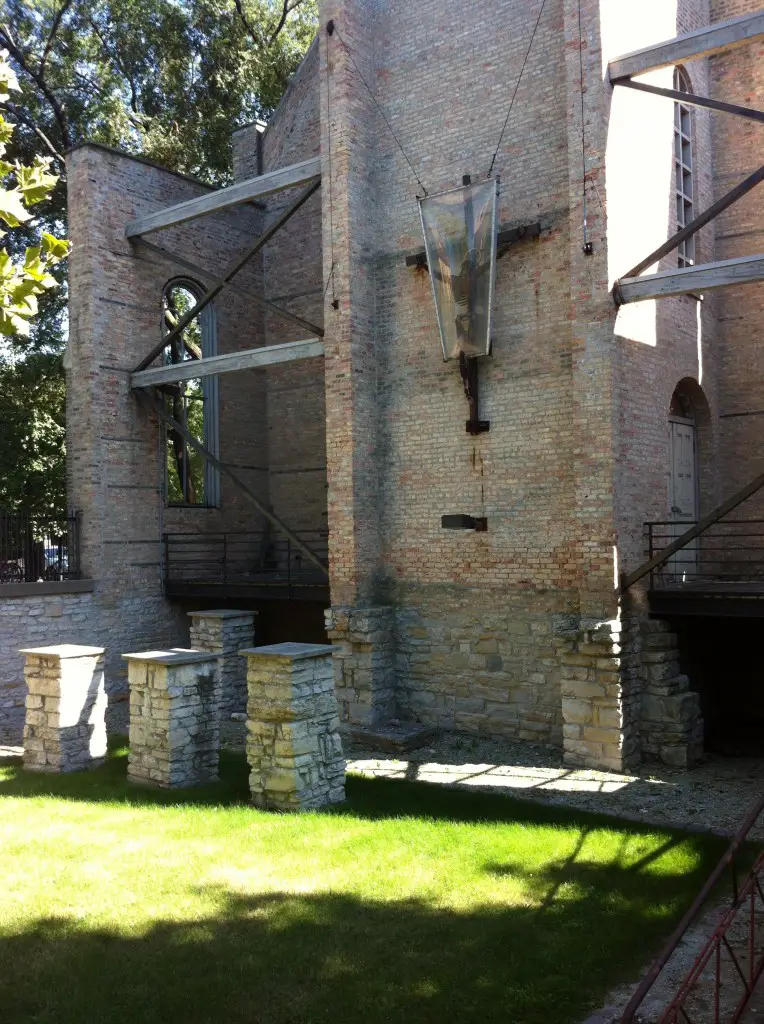Unique and well-preserved remains of an abandoned church from the 1880s stand in Chicago’s Pilsen neighborhood. During the late 1800s, the Lower West Side of Chicago was a residence for numerous unskilled German and Irish immigrants. Engaged in strenuous manual labor at nearby slaughterhouses, railroad companies, lumber mills, and garment factories, these workers found solace on their one day off each week. Their simple pleasures included seeking refuge in their local church and indulging in a refreshing cold beer.

The Zion Evangelical Lutheran Church, with its 90-foot-tall bell tower, robust wooden doors, weathered Chicago brick, and Gothic German script above the entrance, has its roots in 1880 when it first welcomed the community. As the years passed, the demographics of the overcrowded Pilsen neighborhood shifted. German residents gradually departed, making way for the influx of Bohemian, Polish, Eastern European, and various other cultural groups.

RECOMMENDED: Mexico’s Abandoned National Park Named The Desert Of The Lions

In 1956, the original congregation abandoned the church. A tragic fire in 1979 resulted in the destruction of the roof and interior, and in 1998, a windstorm further toppled many of the remaining walls. John Podmajersky Jr., the owner at the time, initially intended to demolish the building and redevelop the site. However, everything took a different turn when descendants of the church’s early congregants, carrying a German-language record detailing its history, visited after hearing about the windstorm. John Podmajersky Jr., a longtime resident with family ties to Pilsen spanning three generations, was reportedly deeply moved. In response, he pledged to preserve the remnants of the church.

Today, the bell tower features a contemporary skylight, the walls have been restored and stabilized, and the former church interior has been transformed into a tranquil garden sanctuary. An eerily suspended, badly burned crucifix hangs from the inner wall, shielded from the elements by a clear plastic covering.

While Podmajersky has yet to proceed with his mentioned intentions to convert the tower space into artist studios, one thing remains certain: this Pilsen landmark stands as a captivating testament to the overlooked history of the area.
RECOMMENDED: Russian Orthodox Church in Amrakits Village, Severely Damaged in the 1988 Spitak Earthquake Still Attracting Tourists